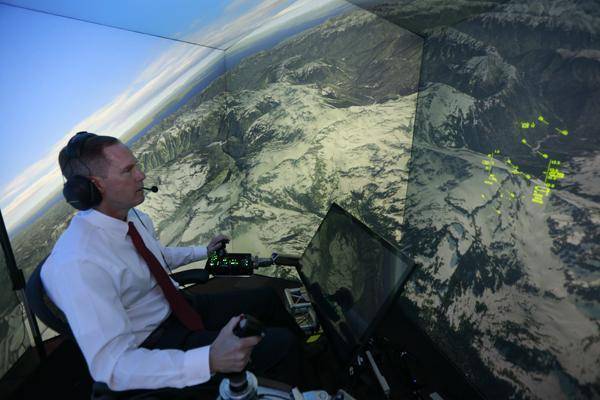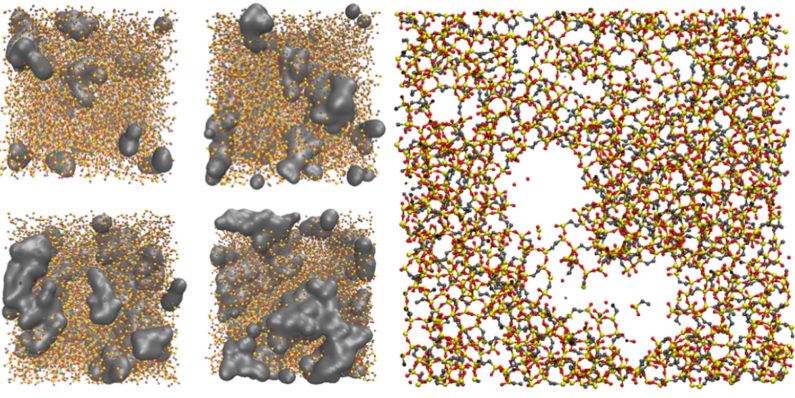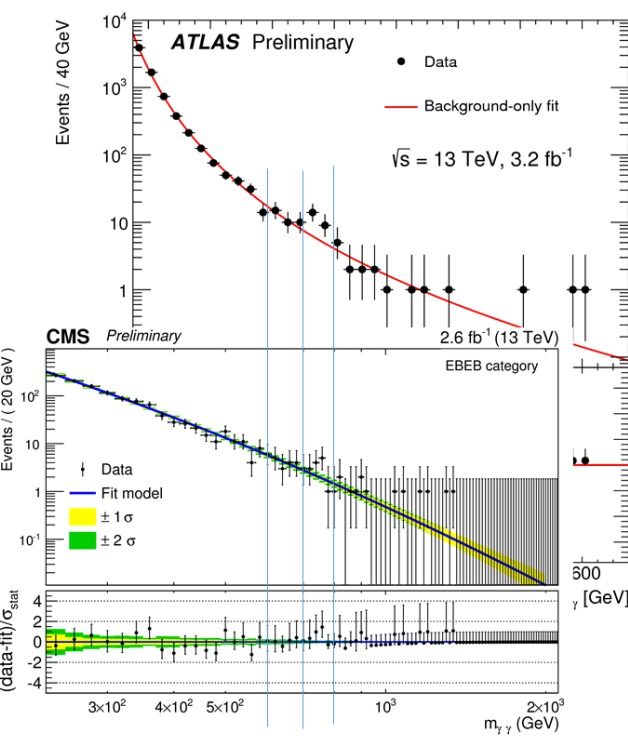Page 10827
Jun 28, 2016
Value Frameworks in Cancer Care: A Beginning, Not the Solution
Posted by Karen Hurst in category: biotech/medical
It is good to see production costs v. value add return comparisons with drugs as part of an ongoing drive to create drugs cheaper and making them cheaper to patients. However, lets do not sacrifice quality (especially in areas like cancer, MS, etc.) for costs of development/ cost savings. Value of life is priceless.
Defining the value of a drug in relation to its cost and benefit is an emerging theme in cancer care but remains untested.
Jun 28, 2016
Gene signature in ovarian cancer predicts survival and offers new drug target
Posted by Karen Hurst in category: biotech/medical
A new UK study has identified a gene signature that predicts poor survival from ovarian cancer. The study also identified genes which help the cancer develop resistance to chemotherapy — offering a new route to help tackle the disease.
The study, published in the International Journal of Cancer, examined the role of HOX genes in ovarian cancer resistance and whether a drug known as HXR9 which targets HOX, could help prevent the resistance from developing.
The HOX gene family enables the remarkably rapid cell division seen in growing embryos. Most of these genes are switched off in adults, but previous research has shown that in several cancers, including ovarian cancer, HOX genes are switched back on, helping the cancer cells to proliferate and survive.
Jun 28, 2016
Futures: Interfacing with DARPA’s cyborg soldiers
Posted by Karen Hurst in categories: cyborgs, engineering, evolution, neuroscience, supercomputing
BMI technology is like anything else; you have an evolution process to finally reach a level of maturity. The good news is that at least at this point of time BMI is at least in that cycle where we are no longer crawling and trying to stand up. We’re in that stage of the cycle where we are standing up and taking a couple of steps at a time. In the next 3 to 5 years, things should be extremely interesting in the BMI space especially as we begin to introduce more sophisticated technology to our connected infrastructure.
Will future soldiers be able to use a direct brain interface to control their hardware?
Imagine if the brain could tell a machine what to do without having to type, speak or use other standard interfaces. That’s the aim of the US Defense Advanced Research Projects Agency (DARPA), which has committed US$60 million to a Neural Engineering System Design (NESD) project to do just that.
Continue reading “Futures: Interfacing with DARPA’s cyborg soldiers” »
Jun 28, 2016
ODNI wants help securing biometric systems
Posted by Karen Hurst in categories: 3D printing, bioengineering, biotech/medical, privacy
Glad they are doing something on this because my biggest concern on biometrics and systems storing other people’s DNA/ bio information is criminals hacking in and collecting bio information on people and reselling it on the Dark Web. With this type of information; criminals can do many interesting things especially if they have access to a gene editing kit, or 3D printers, etc. We have seen how easy it is to create gene editing kits and selling them on the net for $129 each. And, how 3D printers can replicate synthetic skin, contacts mimicking eye structures, etc. So, criminals can do some amazing things once they have access to anyone’s biometrics information.
A biometric system to verify travelers exiting the country could be in effect as soon as 2018.
By Kayla Nick-Kearney.
Jun 28, 2016
How Amrita University advanced neurological disorders’ prediction using GPUs
Posted by Karen Hurst in categories: biotech/medical, business, computing, neuroscience
Excellent start in using GPU for mapping and predictive analysis on brain functioning and reactions; definitely should prove interesting to medical & tech researchers and engineers across the board should find this interesting.
MIS Asia offers Information Technology strategy insight for senior IT management — resources to understand and leverage information technology from a business leadership perspective.
Jun 28, 2016
Research may lead to more durable electronic devices such as cellphones
Posted by Karen Hurst in categories: bioengineering, computing, solar power, sustainability
Deep inside the electronic devices that proliferate in our world, from cell phones to solar cells, layer upon layer of almost unimaginably small transistors and delicate circuitry shuttle all-important electrons back and forth.
It is now possible to cram 6 million or more transistors into a single layer of these chips. Designers include layers of glassy materials between the electronics to insulate and protect these delicate components against the continual push and pull of heating and cooling that often causes them to fail.
A paper published today in the journal Nature Materials reshapes our understanding of the materials in those important protective layers. In the study, Stanford’s Reinhold Dauskardt, a professor of materials science and engineering, and doctoral candidate Joseph Burg reveal that those glassy materials respond very differently to compression than they do to the tension of bending and stretching. The findings overturn conventional understanding and could have a lasting impact on the structure and reliability of the myriad devices that people depend upon every day.
Continue reading “Research may lead to more durable electronic devices such as cellphones” »
Jun 28, 2016
No need in supercomputers
Posted by Karen Hurst in categories: business, cybercrime/malcode, information science, particle physics, quantum physics, robotics/AI, singularity, supercomputing
Great that they didn’t have to use a super computer to do their prescribed, lab controlled experiments. However, to limit QC to a super computer and experimental computations only is a big mistake; I cannot stress this enough. QC is a new digital infrastructure that changes our communications, cyber security, and will eventually (in the years to come) provide consumers/ businesses/ and governments with the performance they will need for AI, Biocomputing, and Singularity.
A group of physicists from the Skobeltsyn Institute of Nuclear Physics, the Lomonosov Moscow State University, has learned to use personal computer for calculations of complex equations of quantum mechanics, usually solved with help of supercomputers. This PC does the job much faster. An article about the results of the work has been published in the journal Computer Physics Communications.
Senior researchers Vladimir Pomerantcev and Olga Rubtsova, working under the guidance of Professor Vladimir Kukulin (SINP MSU) were able to use on an ordinary desktop PC with GPU to solve complicated integral equations of quantum mechanics — previously solved only with the powerful, expensive supercomputers. According to Vladimir Kukulin, personal computer does the job much faster: in 15 minutes it is doing the work requiring normally 2–3 days of the supercomputer time.
Jun 28, 2016
Could No New Particles At The LHC Be Exactly What Physics Needs?
Posted by Karen Hurst in category: particle physics
If the “hints” of new particles turn out to be nothing but noise, it’s a nightmare scenario for many. But one physicist hopes for the nightmare to be real.
Jun 28, 2016
DARPA Moving Fast to Replace US Stealth Fighters with Hypersonic Fighters
Posted by Karen Hurst in category: military
In DARPA’s words, “Speed is the new stealth.”
In 2012, DARPA noted the United States is gradually losing the “strategic advantage” that its stealth warplanes have long provided since competitor countries’ stealth and counter-stealth capabilities are improving.
To arrest this decline, DARPA strongly argues the U.S. will need “the new stealth” of hypersonic aircraft.
Continue reading “DARPA Moving Fast to Replace US Stealth Fighters with Hypersonic Fighters” »


















